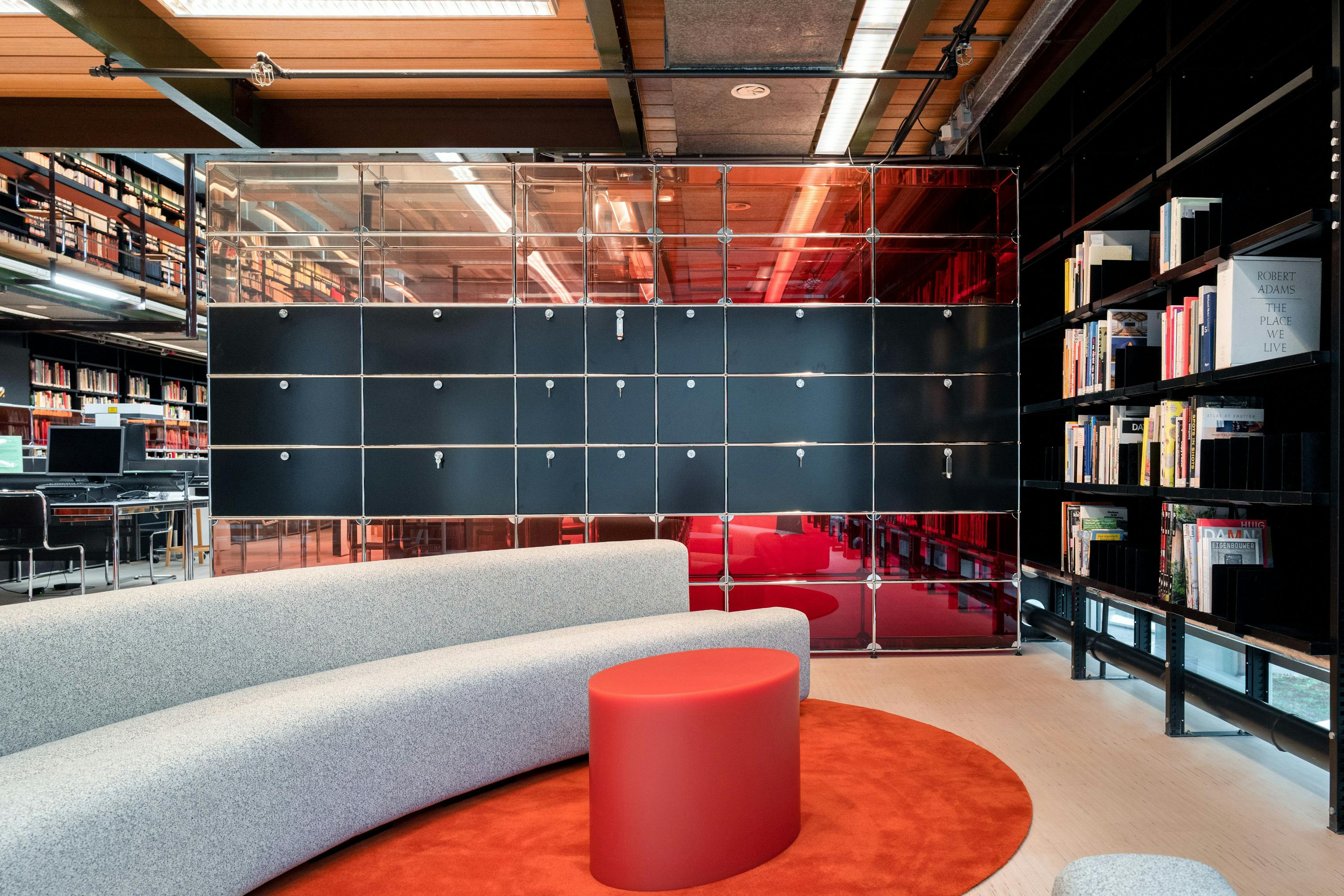Built Homecoming: The House of Aldo and Hannie Van Eyck
12 September 2024 - 1 March 2025
The house of architects Aldo and Hannie van Eyck in Loenen aan de Vecht is filled to the brim with the books, films, photographs, drawings and works of art that they collected over half a century. A modest part of this collection is now on display at the Re-Centre. Built Homecoming invites you into the largely unseen home archive of Aldo and Hannie van Eyck, and into a lifetime of thinking about architecture and culture.
Aldo and Hannie van Eyck
Aldo and Hannie van Eyck are among the most influential architects of the 20th century. Almost every work from their relatively small oeuvre has become internationally famous, such as the Municipal Orphanage in Amsterdam (1960), the Pastoor van Ars Church in The Hague (1969), the Sonsbeek Sculpture Pavilion in Arnhem (1965) and the Amsterdam playgrounds (1947-1978).
In 1953, together with Jaap Bakema and Peter Smithson, Aldo van Eyck was one of the founders of the architectural group Team 10. His work inspired Herman Hertzberger, Piet Blom and others to embrace Structuralism, an architectural movement that focused on social spaces and human encounters.
Monoculture
In the years following the Second World War, a one-sided, rationalist view of Modernism had led to a monoculture of large-scale architecture. The Van Eycks countered this with an architecture that was based on a richer and more inclusive understanding of culture, beyond the boundaries of the Western world. They drew inspiration from classical antiquity and elements of North African architecture, such as the kasbah.
Western perspective
By collecting objects from all over the world, Aldo and Hannie van Eyck wanted to counterbalance the West’s sense of superiority and draw attention to previously ignored works of art, cultures and ideas. Through the house and the Van Eyck collection, Built Homecoming tells a story about the Western perspective on architecture, otherness and the wide range of ideas that shaped modern Dutch architecture in the second half of the 20th century.
Ethnography
Collecting ethnographic art is not without controversy. Ethnography is used to better understand others and differences from others, while at the same time confirming, magnifying or even creating differences and a sense of ‘being different’. The works from Aldo and Hannie van Eyck’s collection are presented in a series of display cases. The display case is traditionally used to protect works of art, but also to remove objects from their original context and appropriate them. The display cases in Built Homecoming therefore function not only as windows, but also as mirrors of the Western gaze.
Opening times
You can visit the Re-Centre during the museum’s opening hours: Tuesday to Sunday from 10:00 to 17:00, and during the evening opening on Thursdays until 21:00.


